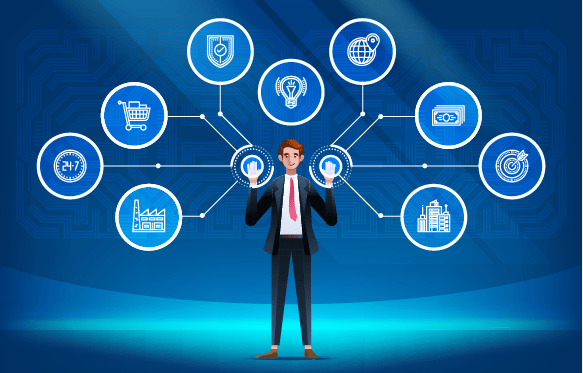5. Demand Prediction
With AI, predicting customers, as well as market demand, becomes easier than ever. How? Let’s see! Based on your customer’s past behavior, AI can make predictions about their future course of action. With this data at hand, you can create, specific outbound marketing strategies for every segment of customers. Further, retailers can find which areas of their store perform already well and which need further work. Accordingly, they channelize their resources to meet the customer’s needs. For online stores, AI can offer in-depth knowledge about website visitors, customer demography, retention time, the popular time of purchase, and more. This data can help leaps and bounds to retailers for creating targeted marketing strategies for their business.










